Langrenn er perfekt for nybegynnere. Det er lett å lære, rimelig, og krever verken avansert utstyr eller mange års trening. Du kan gli over snødekte løyper i ditt eget tempo, nyte en skånsom treningsøkt, og ta inn vakker vinternatur. I tillegg er det en av de beste helkroppsøvelsene som finnes.
Her er hvorfor det er nybegynnervennlig:
- Skånsomt: Skånsomt for leddene, flott for alle treningsnivåer.
- Rimelig: Ingen dyre heiskort eller spesialutstyr nødvendig.
- Tilgjengelig: Lokale parker, naturstier eller til og med hagen din kan fungere.
Hvis lange ski virker skremmende, vurder Snowfeet NORDIC Short Skis. Disse 35-tommers skiene er lettere, enklere å kontrollere, og fungerer med vanlige vintersko - noe som gjør dine første steg på snøen jevnere og mindre skremmende.
For å komme i gang trenger du:
- Ski, staver og varme lag (tenk fukttransporterende innerlag, fleece mellomlag og vindtett ytterjakke).
- En flat, preparert løype for øvelse.
- Grunnleggende ferdigheter som å gli, svinge og stoppe (start rolig og fokuser på balanse).
Med riktig innstilling og utstyr kan langrenn være en morsom og givende måte å nyte vinteren på. :)
Klassisk langrenn for nybegynnere: Alt du trenger å vite for å komme i gang || REI
Utstyr du trenger som nybegynner i langrenn
Å begynne med langrenn er spennende, men å ha riktig utstyr kan gjøre stor forskjell på hvor mye du nyter de første turene. Start med det essensielle, og etter hvert som du blir kjent med sporten, kan du utvide samlingen basert på hva som passer deg best.
Grunnleggende utstyrsliste
Dette trenger du for å komme i gang:
- Ski
- Staver
- Kompatible sko
- Riktige klær
Når det gjelder klær, er lag-på-lag nøkkelen. Start med et fukttransporterende innerlag, legg til et isolerende mellomlag som fleece, og avslutt med en vindtett ytterjakke. Ikke glem vanntette hansker, en varm lue og ull- eller syntetiske sokker. Mange nybegynnere gjør feilen å kle seg for mye, noe som kan føre til overoppheting når du begynner å bevege deg.
For tradisjonell langrenn trenger du også spesialiserte støvler som fungerer med spesifikke bindinger. Disse koster vanligvis mellom $150 og $300. Men hvis du ser etter en enklere løsning, er det et banebrytende alternativ å vurdere: Snowfeet* NORDIC Cross-country Skate Skis.
Hvorfor Snowfeet* NORDIC langrennsskøyteski er en revolusjon
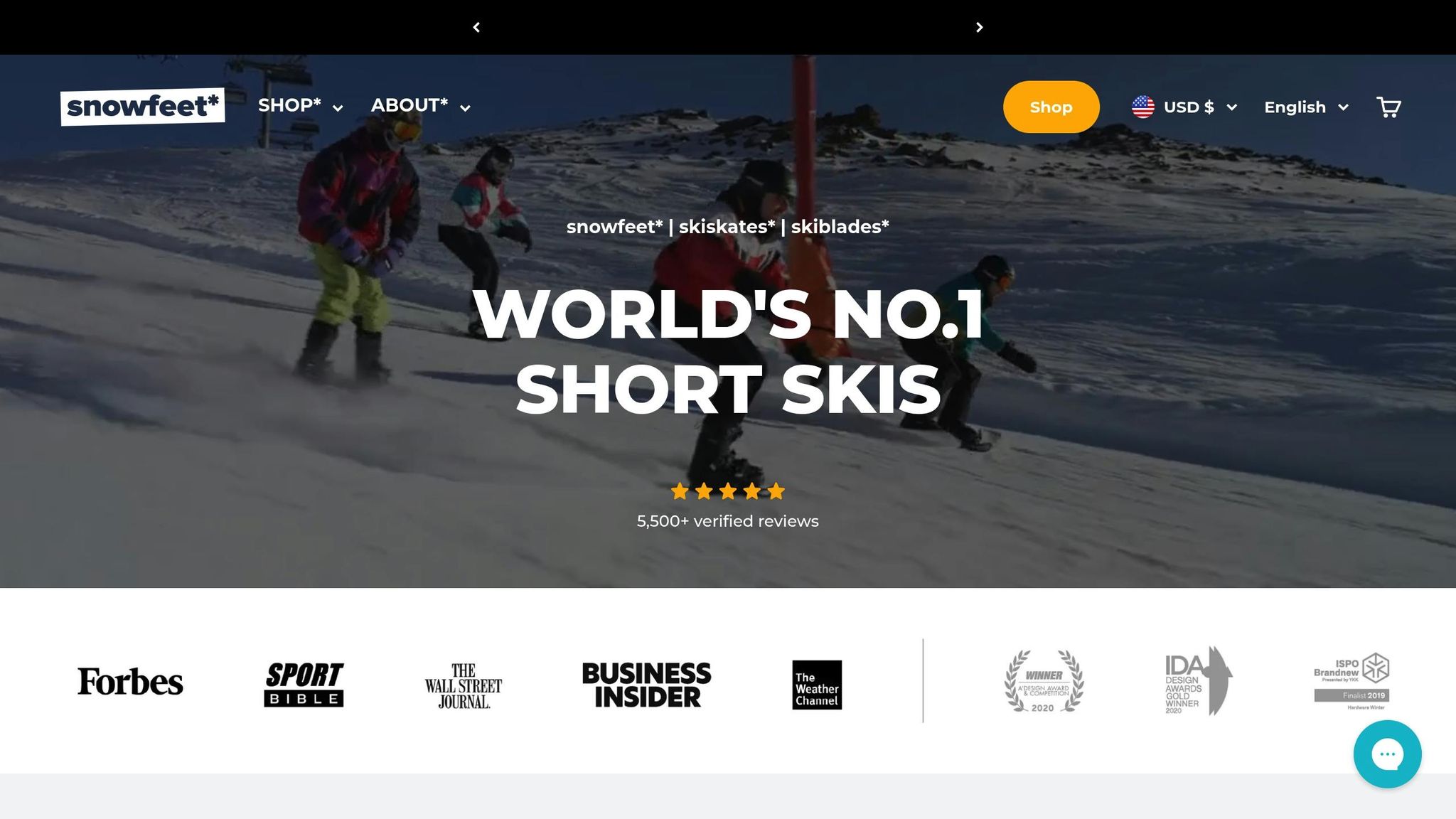
Snowfeet* NORDIC langrennsskøyteski tilbyr en ny tilnærming til nybegynnerutstyr. I motsetning til tradisjonelle ski, er disse kompatible med vanlige vintersko eller snowboardstøvler – ingen behov for å investere i spesialisert fottøy. De justerbare bindingene passer de fleste typer vintersko, fra isolerte tursko til snowboardstøvler.
Deres kompakte størrelse (90 cm) gjør dem utrolig bærbare. Du kan oppbevare dem i bilen, skapet eller til og med i en stor ryggsekk. Sammenlign det med tradisjonelle ski, som er 6 til 7 fot lange og kan være vanskelige å bære rundt på. Med Snowfeet* kan du enkelt ta dem med til din lokale park eller løyper uten problemer.
Disse skiene hjelper også nybegynnere med å finne balansen og kontrollen raskere. Deres responsive design forkorter ofte læringskurven sammenlignet med tradisjonelle lange ski.
Snowfeet* vs tradisjonelle langrennsski
Snowfeet* ski skiller seg ut på flere måter sammenlignet med tradisjonelle langrennsski:
- Lengde og bærbarhet: Tradisjonelle ski er lange (6 til 7 fot), noe som gjør dem vanskelige å transportere og oppbevare. Snowfeet* ski, på bare 90 cm, er kompakte og enkle å håndtere.
- Støvlekompatibilitet: Tradisjonelle oppsett krever spesielle støvler og bindinger, som kan koste 500 til 1 200 dollar for et komplett sett. Snowfeet* ski fungerer med vanlige vintersko, noe som sparer deg både penger og tid.
- Brukervennlighet: Tradisjonelle ski krever ofte flere besøk til skibutikken for støvletilpasning og bindingjusteringer. Snowfeet* ski er klare til bruk – bare juster bindingene til støvlene dine, så er du klar.
- Vedlikehold: Tradisjonelle ski krever regelmessig smøring for å tilpasses snøforholdene. Snowfeet* ski har et mønster for grep, så det trengs ingen smøring. En enkel børsting etter bruk er alt som trengs før oppbevaring.
- Allsidighet: Mens tradisjonelle ski er best egnet for preparerte løyper, kan Snowfeet* ski håndtere ulike terreng, inkludert preparerte stier, snø i utmark og til og med akebakker. De gir deg friheten til å utforske mer.
For nybegynnere som verdsetter enkelhet, rimelighet og bekvemmelighet, er Snowfeet* NORDIC-ski et fantastisk valg. De fjerner kompleksiteten fra tradisjonelle oppsett, noe som gjør det enklere å kaste seg ut i sporten og nyte turen.
Hvordan starte: Grunnleggende teknikker og tips for nybegynnere
Å begynne med langrenn trenger ikke å føles skremmende. Med noen enkle teknikker og riktig innstilling vil du gli over snøen på null komma niks, og nyte hvert steg på reisen.
Grunnleggende ferdigheter i langrenn
La oss starte med det grunnleggende. Balanse og vektforskyvning er dine første prioriteringer. Stå med føttene i skulderbredde og øv på å flytte vekten fra den ene skien til den andre på flatt underlag. Dette hjelper deg å bygge stabilitet og legger grunnlaget for jevn bevegelse.
Neste er glidning. Skyv forsiktig fra med den ene foten mens den andre står stille. Bøy knærne litt og hold deg avslappet mens du glir fremover. Bytt side og gjenta. Det handler om å finne en rytme.
For svinging, flytt vekten til skien på utsiden av svingen mens du styrer med innsideskien. På milde bakker kan du bruke en plogsving ved å vinkle skituppene innover og holde bakenden fra hverandre.
Nå, la oss snakke om stopping – en nødvendig ferdighet. Plogstopp er nybegynnervennlig: pek skituppene mot hverandre, press hælene utover for å lage en kileform, og legg trykk på innsiden av skiene. Øv på denne bevegelsen til den føles naturlig.
Disse grunnleggende ferdighetene er et flott utgangspunkt, og med Snowfeet* ski er de enda enklere å lære.
Bruke Snowfeet* Short Skis for første gang
Når du akkurat har begynt, kan Snowfeet* 90 cm NORDIC Short Skis gjøre læringskurven mye jevnere. Disse kompakte skiene er designet for å hjelpe deg med å finne balansen og kontrollen uten styr med komplisert utstyr.
Begynn med å gå rundt i skiene for å bli komfortabel. Den teksturerte sålen gir utmerket grep, noe som gir deg selvtillit mens du beveger deg. Når du er klar til å gli, vil du merke hvor responsive disse skiene er til selv små vektforskyvninger. Det betyr at du kan styre og stoppe med minimal innsats – perfekt for å bygge ferdighetene dine.
En annen fordel? Du trenger ikke spesielle støvler. Dette lar deg fokusere på å finpusse teknikken i stedet for å venne deg til ukjent fottøy. Øv på å stoppe ofte på flatt terreng med disse kortere skiene, så vil du føle deg klar for mer utfordrende løyper på kort tid.
Sikkerhets- og nytelsestips for din første tur
Før du legger ut på løypene, la oss gå gjennom noen sikkerhetstips for å sikre at din første tur blir like morsom som givende.
Start med flate, preparerte løyper som har brede, åpne stier. Unngå smale eller bratte ruter til du er trygg på kontrollen din. Stol på oss, det er verdt å ta det rolig i starten.
Kle deg i lag. Langrenn kan få pulsen opp raskt, så du vil varme opp raskere enn du kanskje forventer. Bruk noen lette lag til å begynne med og juster etter behov. Og ikke glem å ta med vann og en liten matbit hvis du planlegger å gå på ski i mer enn 30 minutter.
Sjekk været før du drar ut, og lær om løypa du skal besøke. Forhold som nysnø eller isete partier kan gjøre det vanskeligere, så hold deg til godt pakket snø og moderat vær mens du lærer. Bli også kjent med løypeetikette – hold kontroll, gi plass til andre når det trengs, og rydd veien hvis du faller.
Til slutt, start i det små. Sikt på turer på 30 til 60 minutter og øk gradvis tiden etter hvert som musklene dine venner seg til det. Denne jevne tilnærmingen, kombinert med Snowfeet* produktenes nybegynnervennlige design, vil få deg til å føle deg trygg og klar for mer på kort tid.
sbb-itb-17ade95
Korte ski vs tradisjonelle ski og snowboards
Snowfeet* korte ski er en revolusjon for nybegynnere, og tilbyr enestående brukervennlighet og rimelighet sammenlignet med tradisjonelle langrennsski og snowboards. La oss se nærmere på hvorfor Snowfeet* er et så fremragende valg.
Hvorfor Snowfeet* korte ski er et bedre valg
Med bare 90 cm (35 tommer) lengde er Snowfeet* ski kompakte, lette og utrolig bærbare. I motsetning til tradisjonelle langrennsski som ofte krever takstativer eller store skibagger, får Snowfeet* ski lett plass i bilens bagasjerom, ryggsekk eller til og med på kollektivtransport. Denne bærbarheten fjerner bryet med å frakte tungt utstyr.
En annen stor fordel med Snowfeet* er allsidigheten. Langrennsski er ideelle for preparerte løyper, og snowboards skinner på spesifikke bakker eller parker. Men Snowfeet* ski? De er designet for å takle ulike terreng – enten det er i hagen, på turstier eller i bakken. Denne tilpasningsevnen gjør dem perfekte for spontane eventyr.
Når det gjelder fottøy, holder Snowfeet* det enkelt. Langrenn krever spesielle støvler og bindinger, mens snowboarding innebærer tunge, stive støvler som kan være ukomfortable. Med Snowfeet* kan du bare bruke dine vanlige vintersko. Dette gjør oppstarten mindre skremmende og mye mer kostnadseffektiv.
Læringskurven er et annet område hvor Snowfeet* utmerker seg. Langrenn krever mestring av teknikker som diagonalgang og dobbel staking, mens snowboarding krever balanse sidelengs og å lære å carve. Snowfeet* ski lar deg derimot starte med en naturlig gåbevegelse. Dette gjør det enklere å komme i gang med sporten og utvikle seg i eget tempo.
Sammenligning av Snowfeet* med tradisjonelle alternativer
Her er en rask oversikt over hvordan Snowfeet* står seg mot tradisjonelle langrennsski og snowboards:
| Funksjon | Snowfeet* NORDIC | Tradisjonelle langrennsski | Snowboards |
|---|---|---|---|
| Læringsvanskelighetsgrad | Enkelt | Moderat | Utfordrende |
| Bærbarhet | Passer i en ryggsekk | Krever takstativer eller skibagger | Klumsete |
| Fottøy | Vanlige vintersko | Spesialiserte støvler | Tunge støvler |
| Terrengbruk | Ulike snøoverflater | Preparerte løyper | Bakker og parker |
Snowfeet* vinner også på vedlikehold. Langrennsski må ofte vokses basert på snøforhold, og snowboard krever regelmessig kantjustering og bunnreparasjoner. Snowfeet* ski? Bare rengjør dem av og til, så er du klar.
Til slutt gir Snowfeet* ski deg kontroll over hvor intens treningen blir, noe som gjør det nybegynnervennlig. Mens langrenn kan være en seriøs kondisjonsutfordring og snowboard kan belaste ankler og kjernemuskulatur, lar Snowfeet* deg komme lett i gang med sporten. Det er en tilgjengelig måte å dykke inn i vintermoro uten bratt læringskurve eller høye kostnader for timer.
Hvordan få en flott første langrennsopplevelse
Din første langrennstur kan være en spennende og budsjettvennlig måte å omfavne vinteren på. Med riktig forberedelse og utstyr vil du gli gjennom snøen på kort tid.
Planlegging av din første skitur
Start med å velge et nybegynnervennlig sted. Tenk lokale parker, golfbaner eller milde turstier med pålitelig snødekke. Sikt på klart vær - kraftig snøfall, isete partier eller ekstrem kulde kan gjøre det vanskelig når du akkurat har begynt.
Riktig påkledning er nøkkelen. Bruk fukttransporterende lag: et pustende innerlag, et isolerende mellomlag og en vindtett ytterjakke. Ikke glem vanntette hansker, en varm lue og solbriller eller briller for å beskytte deg mot elementene.
Hvis du bruker Snowfeet* ski, er du heldig - de er designet for å fungere med vanlige vanntette støvler, så det er ikke nødvendig med spesielle sko. Sjekk værmeldingen og planlegg en økt på omtrent to timer. Det er vanligvis akkurat passe tid for en første tur.
Pakk noen nødvendigheter: vann, snacks, et lite førstehjelpssett og håndvarmere. Snowfeet* ski er kompakte (rundt 35 tommer lange), så de er enkle å kaste i bilens bagasjerom eller til og med en stor ryggsekk. Ingen behov for komplisert utstyrstransport.
Når du har planen og utstyret klart, er du klar til å se hvordan Snowfeet* kan gjøre din introduksjon til langrenn enkel og morsom.
Hvorfor Snowfeet* fungerer best for nye skiløpere
Snowfeet* fjerner bryet med langrenn og fjerner noen av de største hindringene nybegynnere møter. Tradisjonell langrenn krever ofte timer, spesialisert utstyr og preparerte løyper. Ikke med Snowfeet*. Disse skiene lar deg nyte snøen i hagen din eller i en lokal park – uten ekstra styr.
Læringskurven er også mild. Tradisjonell langrenn krever mestring av teknikker som diagonalgang og bruk av staver i takt. Men med Snowfeet* kan du starte med en enkel, naturlig bevegelse som føles mye som å gå. Det gjør det lettere for nye skiløpere å bygge selvtillit med en gang.
Snowfeet* ski er også et lommebokvennlig alternativ, med priser fra rundt 250 dollar og fungerer med vinterskoene du allerede har. Denne rimeligheten åpner døren for flere som ønsker å prøve sporten.
En annen fordel? Mens tradisjonelle ski fungerer best på preparerte løyper, kan Snowfeet* ski håndtere ulike snøforhold – fra pakket snø til lett pudder. Det betyr at du har større frihet til å utforske hvor enn snøen tar deg.
Hovedpunkter for nybegynnere i langrenn
Her er noen viktige tips for å gjøre din første tur vellykket:
- Start i det små og ta deg god tid. Fokuser på å bli komfortabel med utstyret ditt før du bekymrer deg for å dekke lange distanser. Øv på grunnleggende bevegelser som å gli, stoppe og svinge på et flatt, trygt område.
- Gjør moro til din prioritet. I motsetning til tradisjonell langrenn, hvor teknikk er alt, er Snowfeet* ski tilgivende. Du kan ha det gøy mens du naturlig forbedrer balansen og koordinasjonen din.
- Ta med venner eller familie. Snowfeet* ski er perfekt for grupper med blandede ferdighetsnivåer. Utstyret er enkelt å bruke og bærbart, noe som gjør det lett å dele opplevelsen med andre.
- Planlegg for gradvis fremgang. Når du blir mer komfortabel, kan du begynne å utforske forskjellige terreng og til og med ta deg an små bakker. Dette holder det spennende og hjelper deg å bygge ferdighetene dine.
Nøkkelen er å ha realistiske forventninger. Du sikter ikke på å bli proff på dag én. Snowfeet* ski handler om å gjøre vintermoro tilgjengelig, og gir deg en jevn og hyggelig måte å dykke inn i langrenn på.
Ofte stilte spørsmål
Hvordan skiller Snowfeet NORDIC kortski seg fra tradisjonelle langrennsski for nybegynnere?
Snowfeet NORDIC kortski handler om enkelhet og letthet, noe som gjør dem til et flott valg for nybegynnere. Med en lengde på bare 35 tommer (90 cm) er disse skiene mye kortere og lettere enn tradisjonelle langrennsski. Det betyr at de er enklere å håndtere og langt mindre skremmende for noen som er ny i sporten.
Her er en kul vri: i motsetning til merker som Rossignol eller Atomic, som krever spesielle skistøvler, festes Snowfeet NORDIC ski rett på dine vanlige vintersko. Ingen ekstra utstyr nødvendig! Dette gjør dem superpraktiske og nybegynnervennlige. I tillegg gir deres kompakte størrelse deg bedre kontroll og en mykere læringskurve, så din første gang på snøen føles mer som moro og mindre som en balansegang.
Hva bør jeg ha på meg på min første langrennstur?
For å holde deg varm og god på din første langrennstur handler det om smart lag-på-lag. Velg lette, fukttransporterende lag som lar deg bevege deg fritt og hjelper deg å regulere kroppstemperaturen. Start med et pustende innerlag – merinoull eller syntetisk stoff fungerer utmerket – for å holde svetten unna huden. Legg til et mellomlag, som fleece eller en lett jakke, for varme. Hvis været krever det, avslutt med en vindtett, pustende ytterjakke som beskytter deg mot elementene.
Ikke hopp over det essensielle: varme, fukttransporterende sokker, isolerte hansker og en lue eller pannebånd for å holde hender, føtter og hode varme. Snowfeet* utstyr, som deres kompakte og allsidige ski, kan gjøre opplevelsen enda bedre. Deres design hjelper deg å holde deg mobil og unngår den klumpete følelsen som ofte følger med tradisjonelle langrennsoppsett. Med riktig klær og Snowfeet*s nybegynnervennlige utstyr er du klar for å ta fatt på snøen og ha det gøy!
Hva er de beste teknikkene for nybegynnere som vil lære langrenn?
Hvis du er ny innen langrenn, er det best å holde seg til det grunnleggende i klassisk stil. Start med å fokusere på balansen din – hold skuldrene litt fremover, vekten sentrert over skiene, og sikte på jevne, kontrollerte bevegelser. Vær spesielt oppmerksom på rytmen i spark og gli, og sørg for at armer og ben beveger seg i takt. Det kan føles litt vanskelig i starten, men med øvelse vil det begynne å føles naturlig.
For en enklere introduksjon til sporten kan du prøve Snowfeet NORDIC Cross-country Skate Skis. Disse skiene er kortere enn tradisjonelle modeller, noe som gjør dem lettere å balansere på og gir deg bedre kontroll. De er også mer tilgivende når du lærer, og hjelper deg å bygge selvtillit mens du får teken på det. Perfekt for nybegynnere som vil nyte opplevelsen uten å føle seg overveldet!







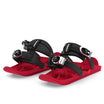
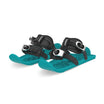












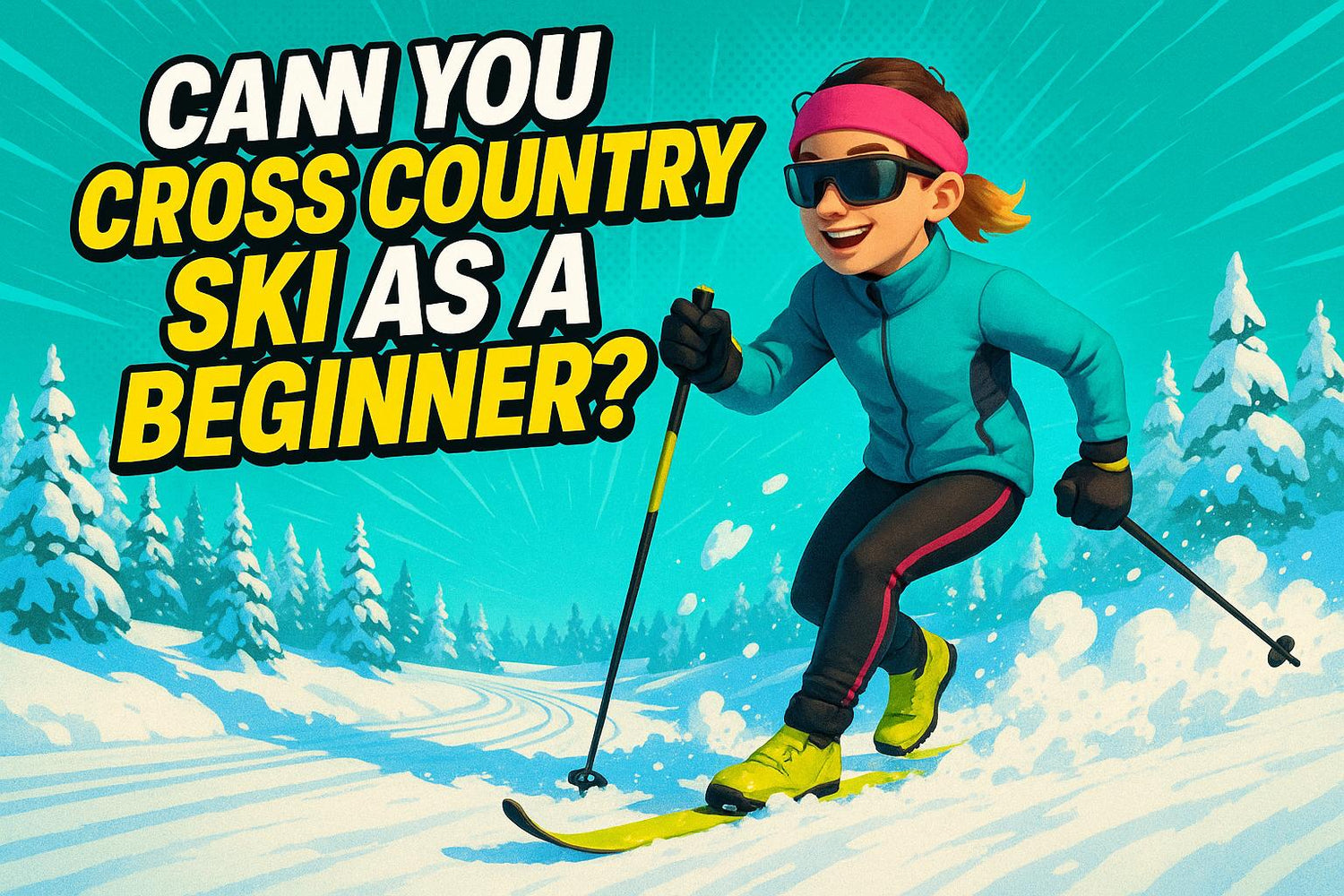
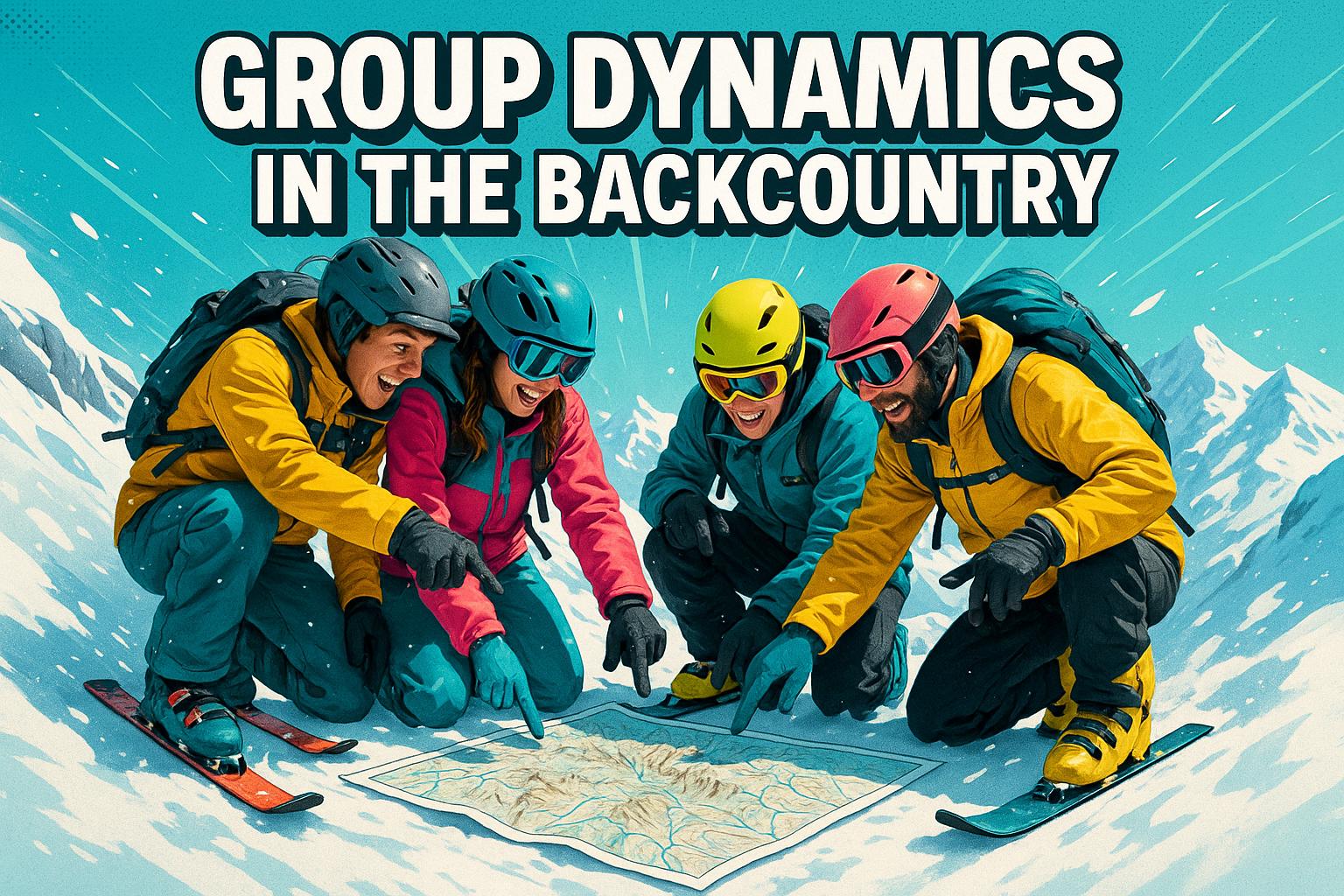
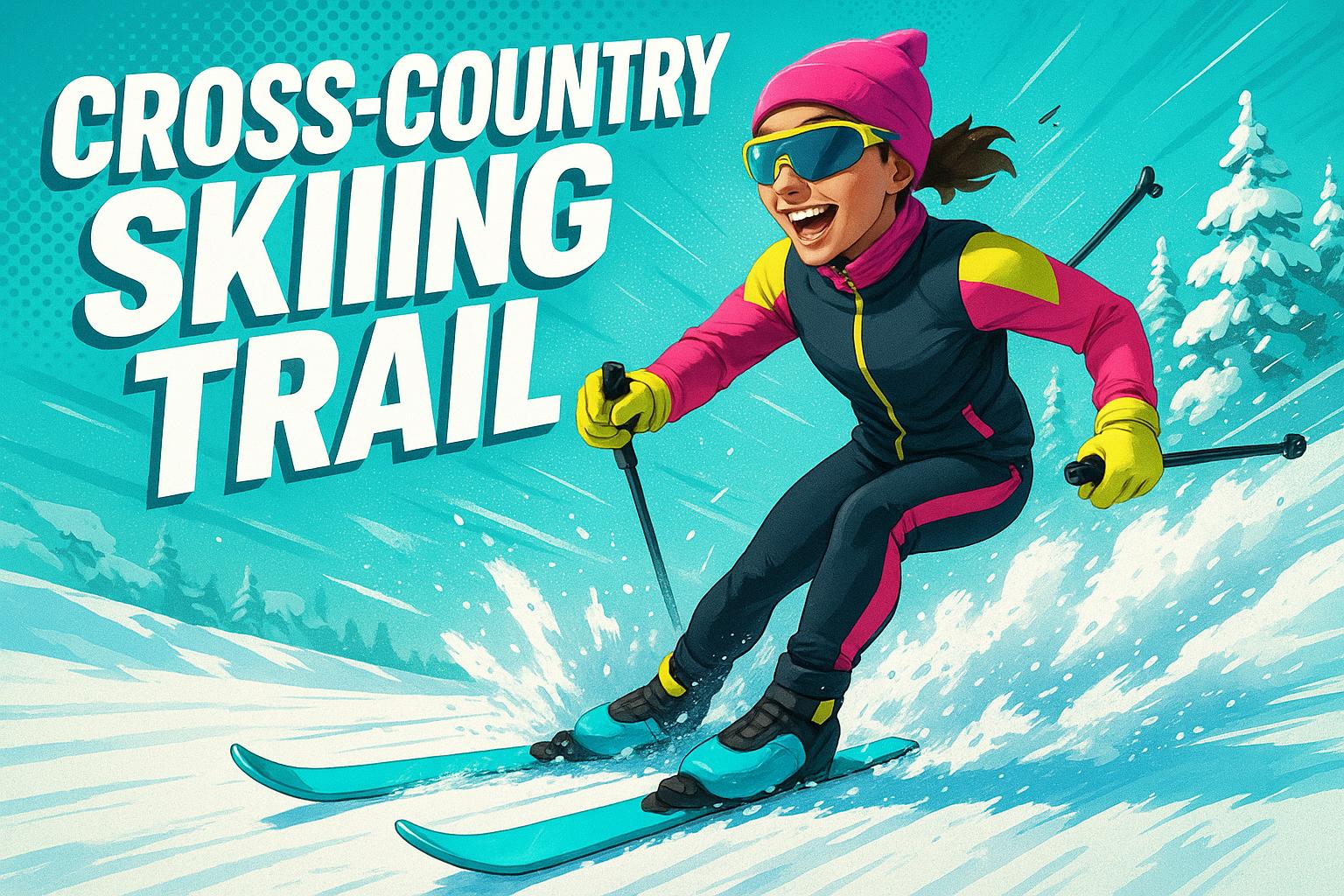




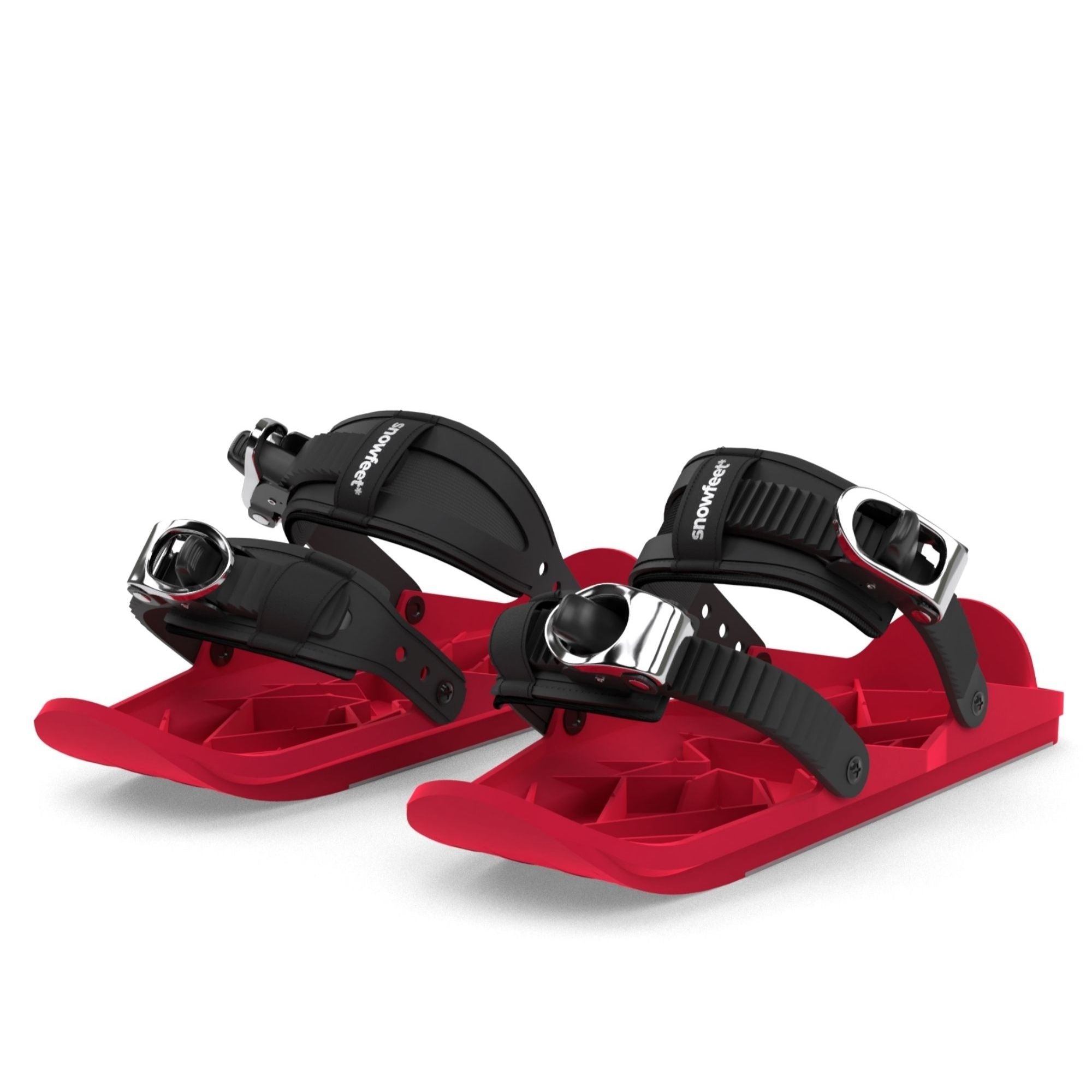
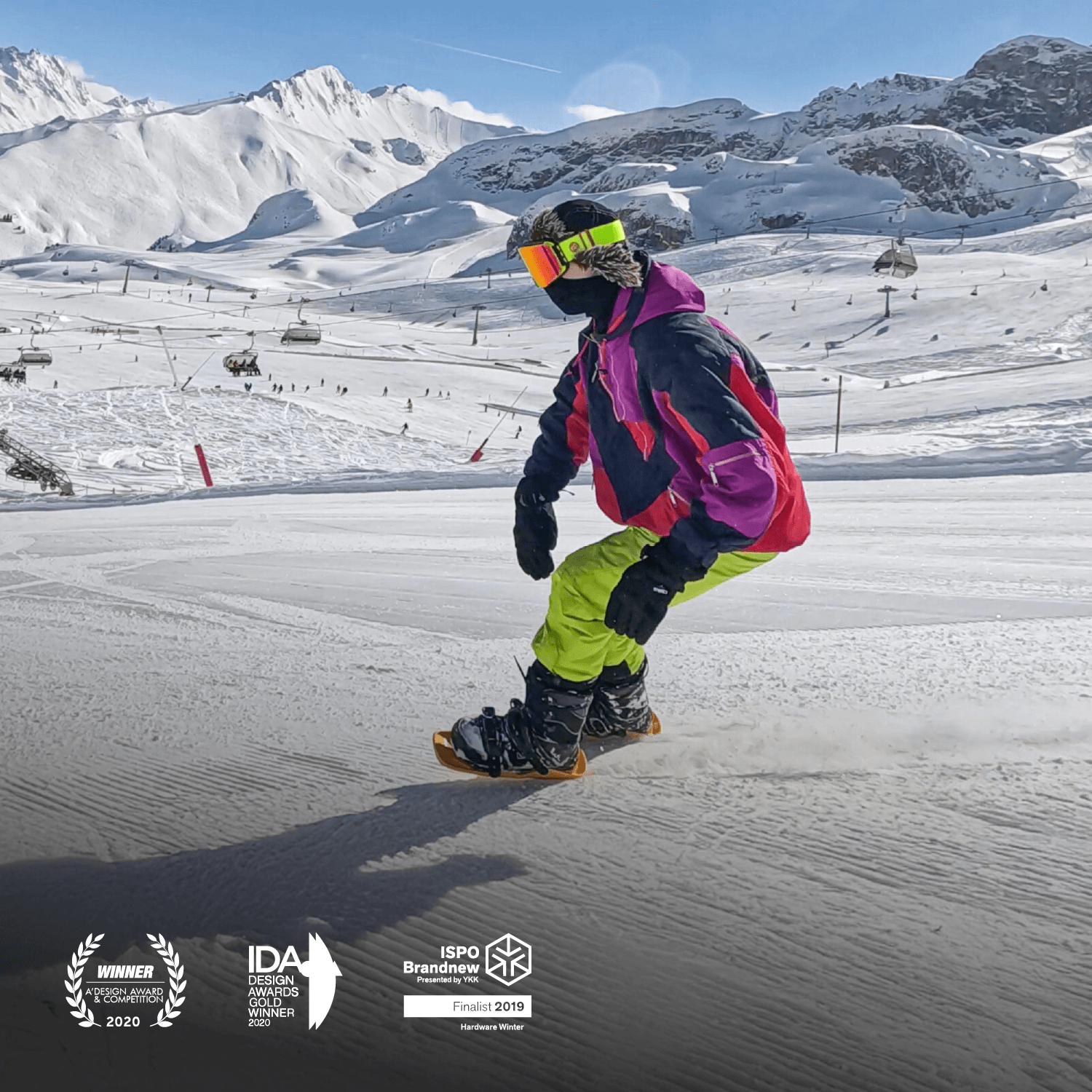




Legg igjen en kommentar
This site is protected by hCaptcha and the hCaptcha Privacy Policy and Terms of Service apply.